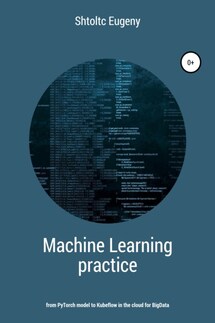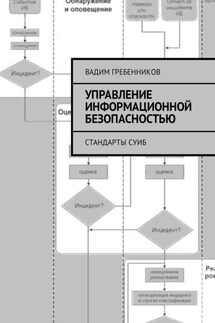IT Cloud - страница 52
One representative of the cloud API facades is KOPS. KOPS is a tool for deploying Kubernetes to GCP, AWS and Azure. KOPS is similar to Kubectl – it is a binary, it can create both commands and the YML config, has a similar syntax, but unlike Kubectl, it creates not a POD, but a cluster node. Another example is Terraform, which specializes in deployment by configuration to adhere to the IasC concept.
To create the infrastructure, we need a token, it is created in GCP for the service account to which access is issued. To do this, I went along the path: IAM and administration -> Service accounts -> Create a service account and upon creation I dropped the Owner role (full access for test purposes), created a key with the Create key button in JSON format and renamed the downloaded key to Key. JSON. To describe the infrastructure, I used the documentation www.terraform.io/docs/providers/google/index.html :
(agil7e-aleph-20391) $ cat main.tf
provider "google" {
credentials = "$ {file (" key.json ")}"
project = "agile-aleph-203917"
region = "us-central1"
}
resource "google_compute_instance" "terraform" {
name = "terraform"
machine_type = "n1-standard-1"
zone = "us-central1-a"
boot_disk {
initialize_params {
image = "debian-cloud / debian-9"
}
}
network_interface {
network = "default"
}
}
Let's check the user rights:
(agile-aleph-203917) $ gcloud auth list
Credentialed Accounts
ACTIVE ACCOUNT
* esschtolts@gmail.com
To set the active account, run:
$ gcloud config set account `ACCOUNT`
Let's select the project as the current one (you can create the current one by default):
$ gcloud config set project agil7e-aleph-20391;
(agil7e-aleph-20391) $ ./terraform init | grep success
Terraform has been successfully initialized!
Now let's create one instance in the WEB console, after copying the key to the key.json file in the Terraform directory:
machine_type: "" => "n1-standard-1"
metadata_fingerprint: "" => "
name: "" => "terraform"
network_interface. #: "" => "1"
network_interface.0.address: "" => "
network_interface.0.name: "" => "
network_interface.0.network: "" => "default"
network_interface.0.network_ip: "" => "
network_interface.0.network: "" => "default"
project: "" => "
scheduling. #: "" => "
self_link: "" => "
tags_fingerprint: "" => "
zone: "" => "us-central1-a"
google_compute_instance.terraform: Still creating … (10s elapsed)
google_compute_instance.terraform: Still creating … (20s elapsed)
google_compute_instance.terraform: Still creating … (30s elapsed)
google_compute_instance.terraform: Still creating … (40s elapsed)
google_compute_instance.terraform: Creation complete after 40s (ID: terraform)
Apply complete! Resources: 1 added, 0 changed, 0 destroyed.
That's it, we have created a server instance. Now let's remove it:
~ / terraform (agil7e-aleph-20391) $ ./terraform apply
google_compute_instance.terraform: Refreshing state … (ID: terraform)
An execution plan has been generated and is shown below.
Resource actions are indicated with the following symbols:
– destroy
Terraform will perform the following actions:
– google_compute_instance.terraform
Plan: 0 to add, 0 to change, 1 to destroy.
Do you want to perform these actions?
Terraform will perform the actions described above.
Only 'yes' will be accepted to approve.
Enter a value: yes








